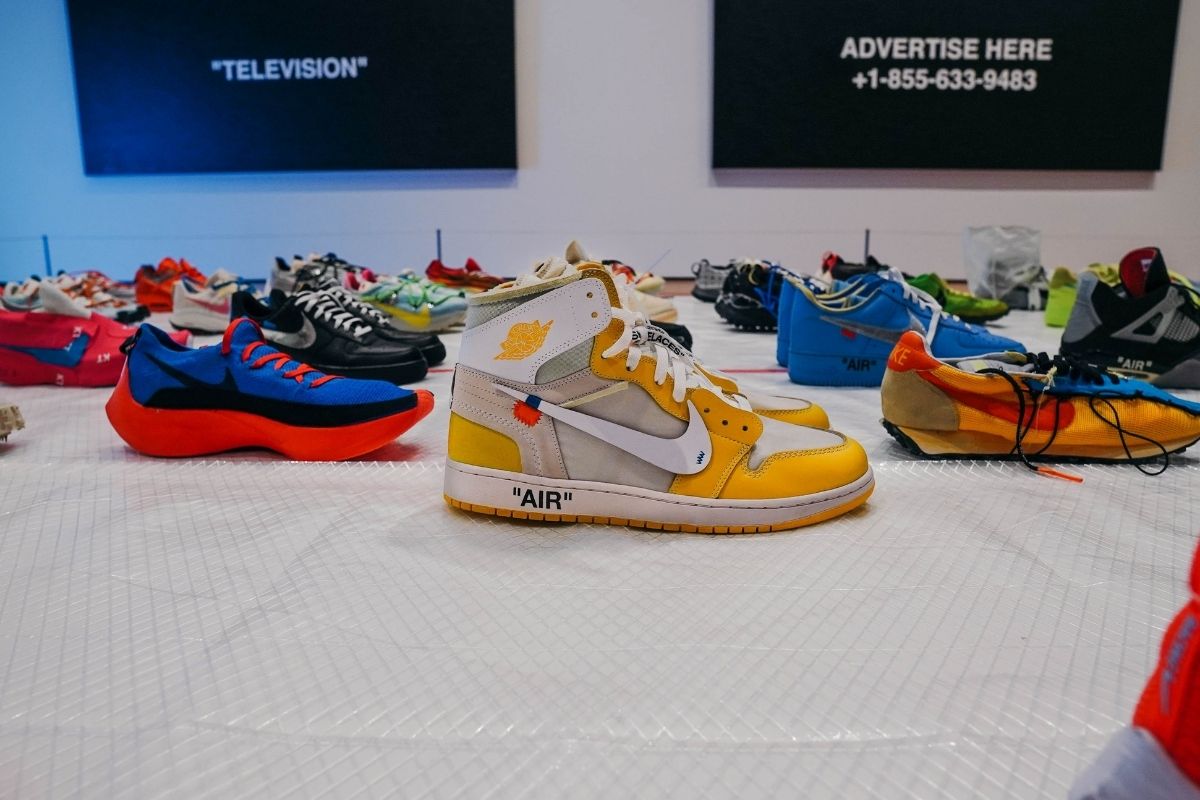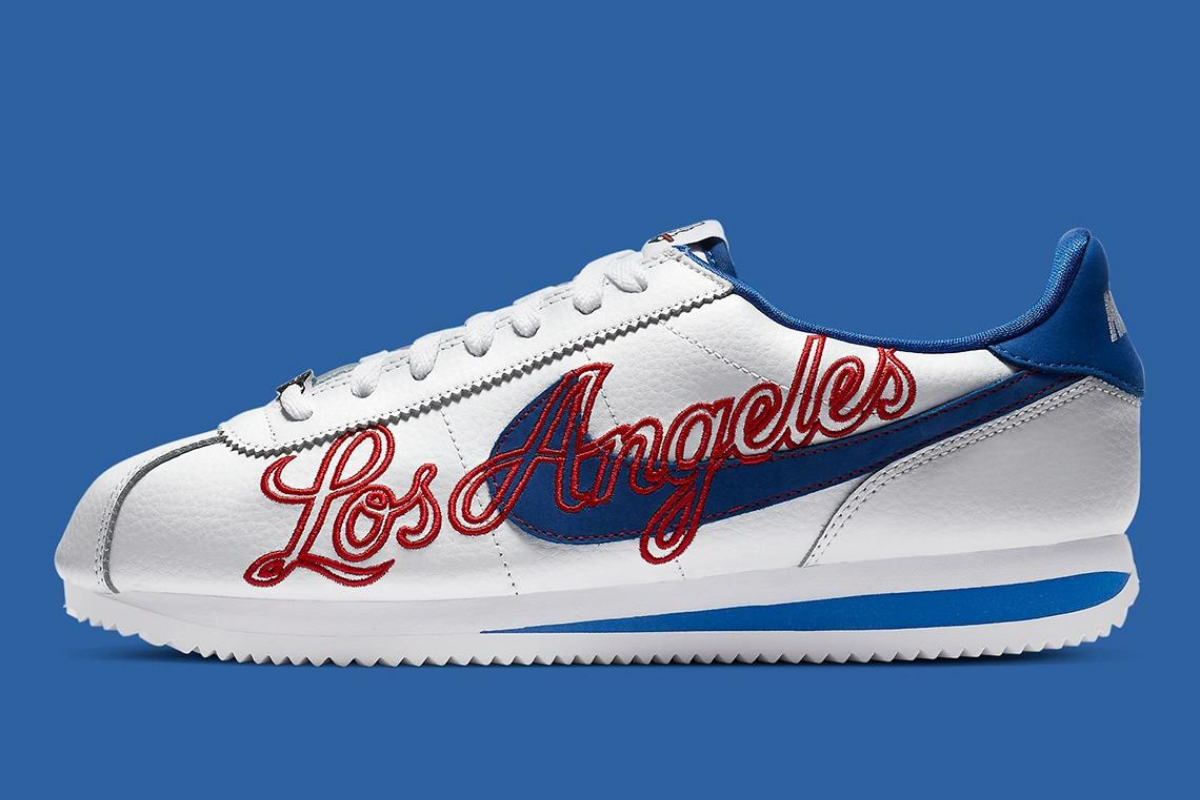The internet has had a profound effect on all our lives, influencing everything from the way we watch television, to shopping to the products we purchase. The internet has greatly affected “sneaker culture” in that prior to widespread use of the web, popularity of sneakers and sales were often regional. At one time, one must either live in a certain area or know someone in that community in order to get certain styles of sneakers. Today, the internet allows us to choose our sneakers with the mere click of a button.
The internet provides information on release dates of limited-edition sneakers as well as those produced and sold solely in certain regions. Now, a person can simply hop on the internet in order to purchase that limited-edition sneaker or those that were relegated to a distant region just two decades ago. E-commerce has broken barriers that once were virtually impossible for most consumers to cross. Plus, the internet provides sneaker release dates so no one has to be left out of the sneaker industry’s latest offerings.
However, the internet is contributing to another phenomenon unheard of prior to the internet – reselling. Reselling of sneakers is at an all-time high, which has both good points and bad. Retailers have difficulty in that if they get a limited number of Yeezys, millions of shoppers may flood the organization’s website, crashing it.
The internet has created a raffle of sorts where consumers are searching for certain brands and styles of sneakers. Even parents are getting in on the selling aspect of retail; many will order that coveted pair of shoes at the retailer’s price (usually around $150). Then, they put the sought-after shoes on the internet where those who weren’t lucky enough to get those shoes from a retailer will pay $800 or more for the latest styles. It’s a win for the retailer who makes their initial profit, but the internet seller on eBay or other resale sites banks a huge profit, too.
However, the “purists” on the internet see this resale opportunity as a bad thing. At the same time, those with careers in retail might not have their jobs without the internet as it operates today.
Social media is also a driving force in both the initial sale and resale of sneakers. Online sneaker education chiefly comes from social media as well as sites that post reviews on upcoming popular models of shoes. Some look at the online sneaker sale movement as somewhat a “cult” thing; however, a company’s social media presence is definitely having a positive effect on sales.
In the 1990s, most of the attention a sneaker received was due to an athlete’s wearing a certain brand or style of sneaker. Maybe consumers would see the shoe on television; however, prior to the great improvements in high-definition television, it might be impossible for consumers to see an athlete’s kicks. Perhaps a photoshoot in the latest edition of “Sports Illustrated” would show that same cool shoe; however, consumers were on their own finding the exact brand and style of shoe.
Social media sites such as Instagram post photos of athletes in high resolution, and consumers can definitively see what their favorite athlete is wearing. Plus, one can quickly go to their preferred web browser to find the shoe and all available online shops. Even with limited-edition offerings, such as Nike’s LeBron James sneakers, consumers are still clamoring to get their hands on a coveted pair. A great example of this is Super Bowl LII, when Justin Timberlake wore a highly sought-after shoe. Those who have certain apps on their phones are alerted that the celeb is live wearing a limited-edition pair of shoes. By the next commercial break, most of those limited-edition shoes – made in a certain quantity, by the way – are gone.
Perhaps shoe enthusiasts should be more concerned with the amount of shoes being produced. Consider the Virgil Abloh Ten Nike – only a certain number of people will get this shoe during the initial drop. Some consumers report only getting error messages when trying to order. A larger number of shoes produced would help prevent this, but manufacturers have little desire to do so. Perhaps retailers should look at ensuring this won’t happen due to their website crashing.
Maybe consumers should be satisfied with the “halo effect” of shoe drops. If a consumer fails to get the coveted Yeezy 350 on its initial drop, then maybe the purchaser should consider the Alphabounce or the Ultra Boost. Regardless, consumers will need to move quickly to get any of the higher end sneakers desired by many in the public.
Perhaps consumers may need to consider looking for a product that is not the hot item at the moment. Few sneaker releases sell out almost immediately, unless the product is one of the highly coveted styles. Unless consumers must absolutely have that exact style, buyers will have to then scour the resale market where some of these shoes sell for up to $1,500. If money is no object, then it’s great to wait on the resale. However, those on a budget will have to find other ways to get that coveted shoe.
Sneaker education tells us that eventually, everything – no matter how popular – goes on sale. This includes those limited-edition sneakers. Consumers should perhaps worry not about what LeBron’s next shoe will look like, but on how they can still procure a recently released and still popular shoe at a much lower price.
Sometimes it pays to look back on previous releases instead of the latest, newest releases. Consider the Air Jordan, after 20 years plus of production, a shoe still as popular as it was upon initial release.
Back in the day, people chose their kicks based on what was popular in their location – on the street, down the block – today, people are looking to the latest sporting event and what a favorite celeb is wearing rather than one’s closest friends. Jordan chose to capitalize on Timberlake’s popularity and his appearance on the Super Bowl’s halftime show. It’s a decision that turned out to be highly profitable for the company.
Procuring our favorite sneakers today is no easy task, but we consumers have more avenues today than our predecessors just two decades ago. Download those apps and set your notifications to be able to get those coveted kicks at the best price possible.

